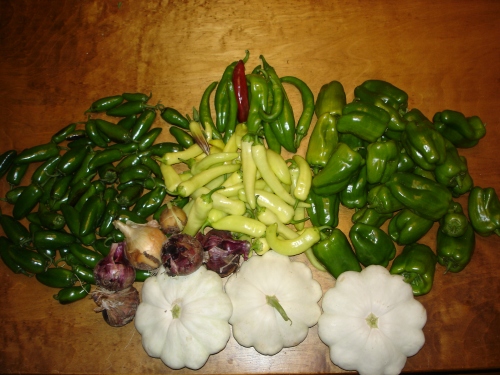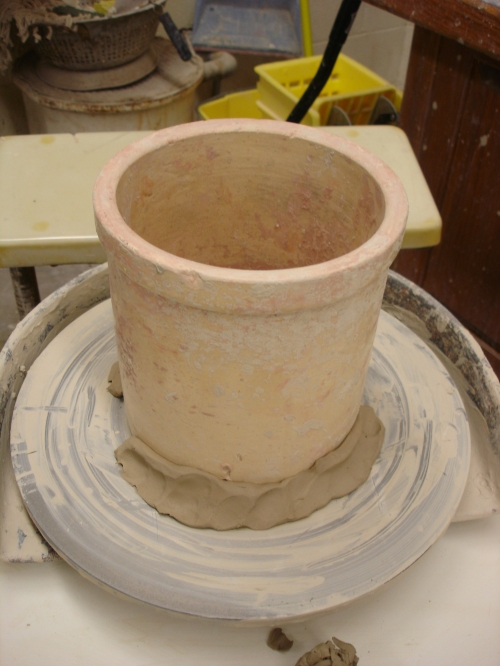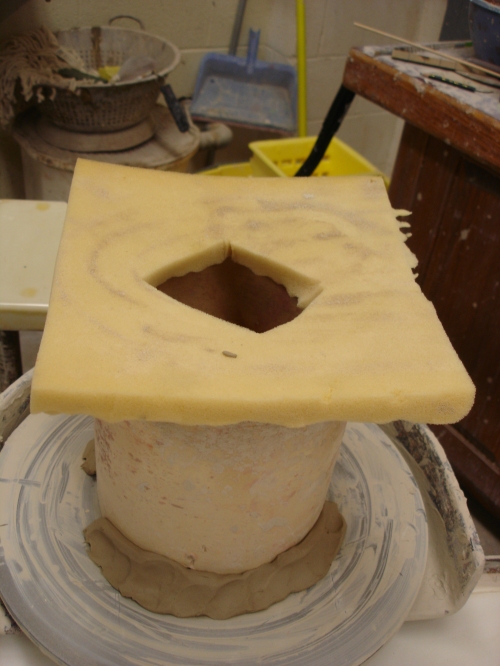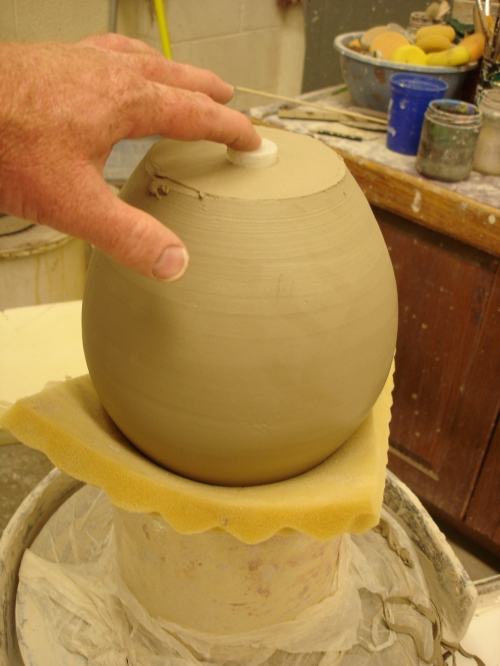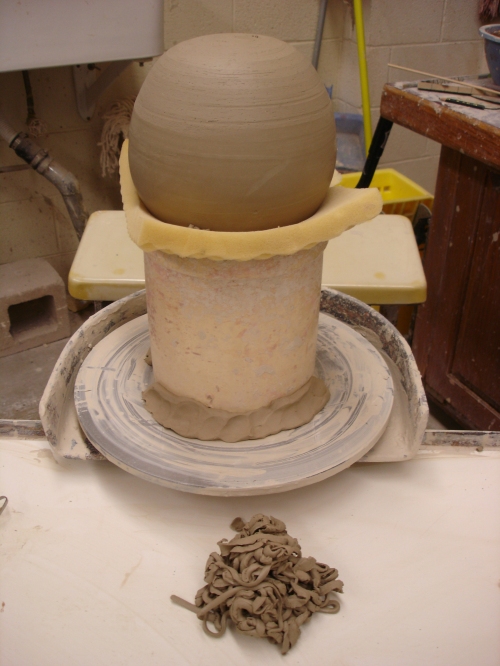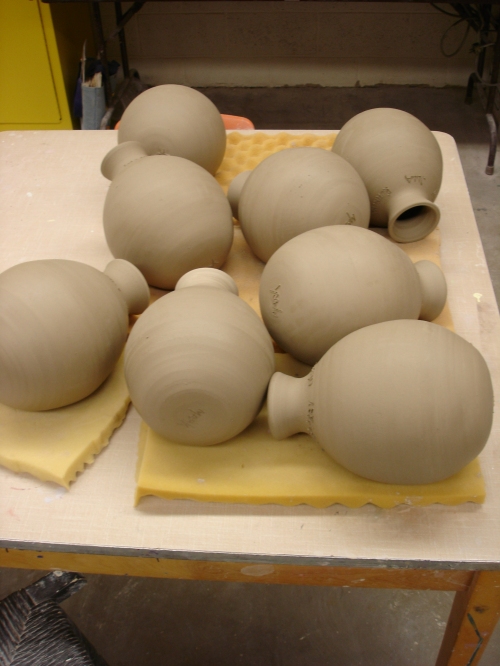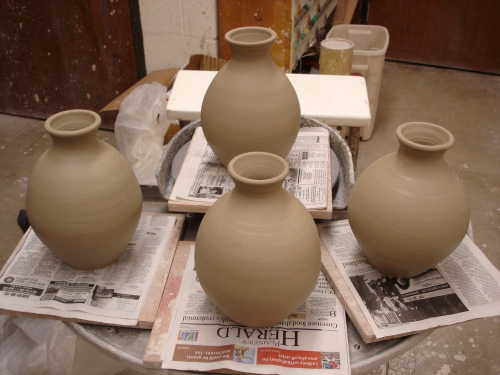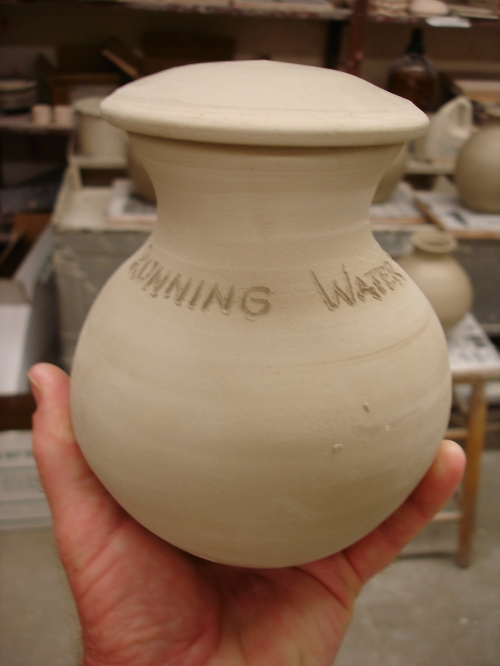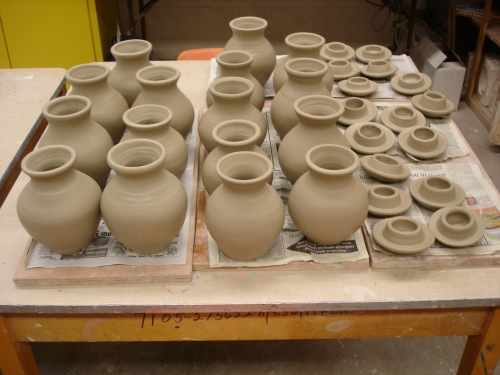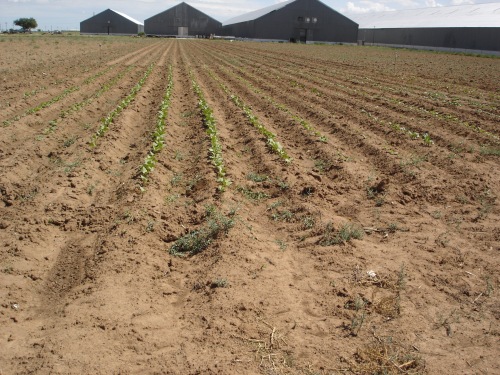

Here is the space where I’m growing a Fall crop. It currently measures about 45’x60′. I have pinto beans, lima beans, beets, yellow squash, zucchini, patty pan squash, and cucumbers planted now. In a few weeks I’ll put in some lettuce, cabbage and (gulp) turnips. Wish me luck! Those crops are new to me…
